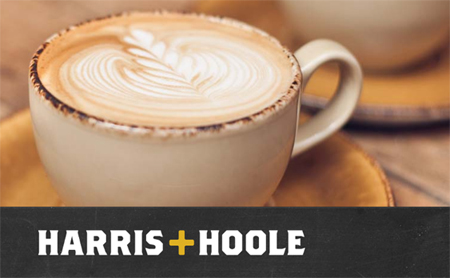Marketing is getting personal: Showrooming and the rise of ‘Me-tail’

Remember the days when making a purchase meant having to drive to the shop and buying whichever version it stocked of the item you wanted? It almost seems like another age.
Now, with Amazon and others, we research, review, compare deals and shop for alternatives at the touch of a button. Control has swung to the consumer like never before, and in the next 12 months that trend is set to increase as brands invest in technology to enable even greater levels of personalisation.
Late last year, Marketing Week predicted the rise of ‘Me-tail’ would be the biggest marketing trend in 2014.
Put simply, the ‘Me-tail’ concept will see brands move from one-size-fits-all messaging to a position where they can feed specific campaigns and offers to consumers in the hope that they can build relationships that are increasingly relevant to the needs of individual customers.
According to O2’s The Rise of Me-tail study, more than half of consumers would be more inclined to use a retailer if it offered an experience tailored to their individual needs. The study also suggests increased personalisation could help lift sales by as much as 7.8 per cent.
If it wasn’t enough that brands face the prospect of having to personalise services to keep up with an evermore demanding customer, modern high street retailers now also have to contend with a practice called ‘showrooming’ – where shoppers bring the digital experience in-store with them, using tablets and smartphone to check prices and reviews against products.
Showrooming isn’t just a fad. According to the Google Shopper Council – a collection retail marketing experts – 84 per cent of mobile shoppers now use their phones to assist them while physically in a shop.
These findings are backed up by a study from IDC that claims 70 per cent of customers are more likely to buy from retailers that support smartphone shopping apps.
Expectation is now such that customers naturally gravitate toward brands that make it easy for them to find relevant content and shop seamlessly across multiple channels. The question is – what can retailers do to feed this need for a more personal service?
Coffee shop chain Harris+Hoole is one firm getting to grips with the issue of personalisation. It has set up an app that its customers can use to personalise their experience once they enter a shop. The ‘My Usual’ feature allows customers to check-in so that staff can craft their favourite beverage. The app also contains a digital loyalty card, a shop locator that points you to their nearest branch, and feeds customer names and pictures to shop staff so they can personalise the purchasing stage.
The coffee chain is also amongst a number of retailers that are looking at the development of personalised payment through mobile devices. It could make buying your morning coffee as simple as collecting your normal beverage in-store and paying automatically as you continue on to the office.
In future, the ability of brands to personalise marketing messages and create a dynamic online/offline shopping experience is likely to dictate the kind of loyalty they can expect from customers. But a lot of hard works stands between the future demanded by the customer, and deliverable services offered by retailers.
First, brands have to consider how to marry the in-store digital experience with that offered to customers shopping online from a different location. Some leading brands are tackling that now – but many haven’t even begun to think about it. And even for brands that have started personalising their services, how do marketers deliver messages sequentially that fit with the real-time consumer experience? What about bar codes, QR codes, and contactless payment systems? Will these elements have to be integrated into a single process? How do you make all that work and still take into account the buying habits and social media activity of the user? That’s a tough call. It almost requires a wholly new set of marketing principles. Do you text offers to loyal customers when they are near a store? Do you reward positive feedback across social media? Changes like these present a technological challenge. They also present a challenge to the skills needed by marketing and PR professionals and those working in related media jobs.
Consumers increasingly demand a personalised retail service, but getting a system that works seamlessly might take a while yet to get right.